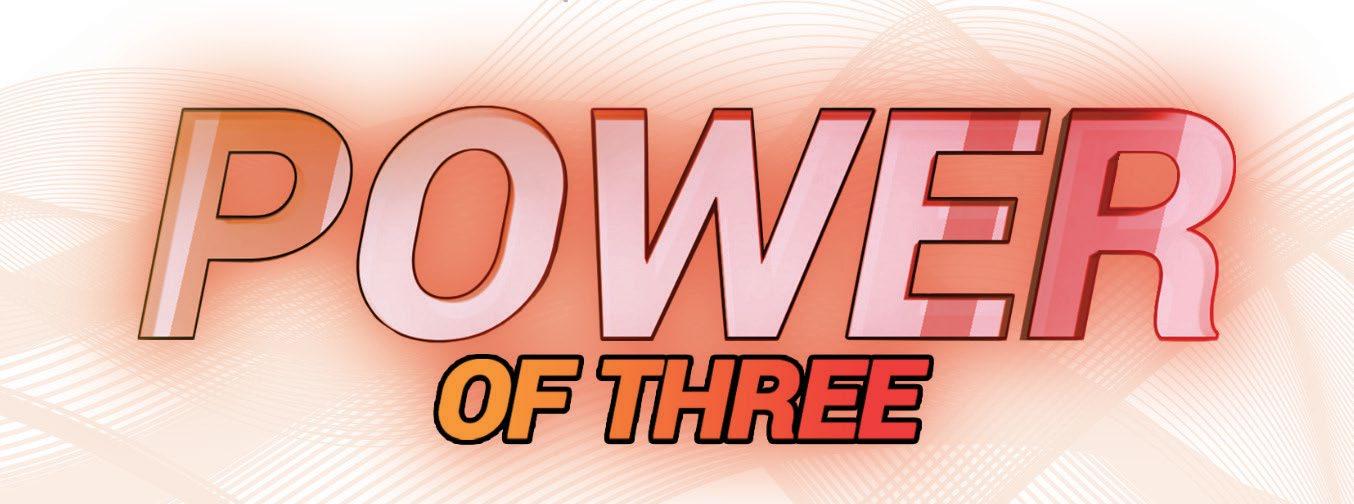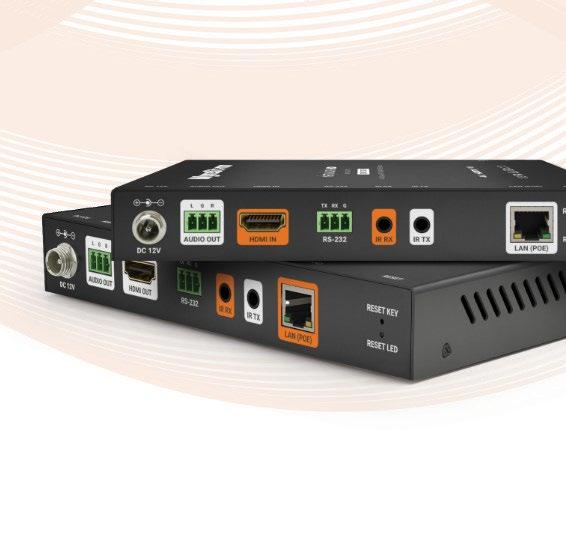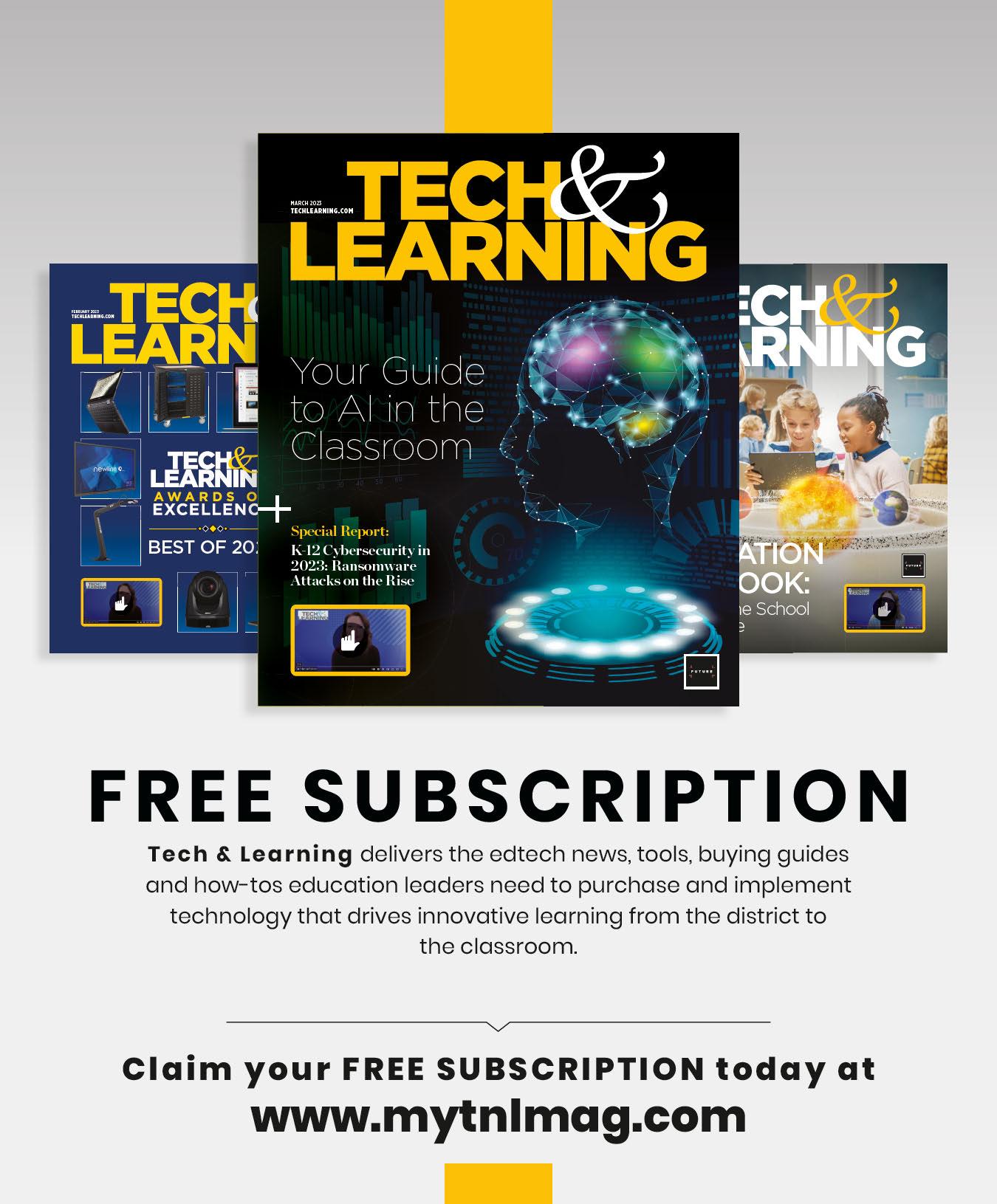






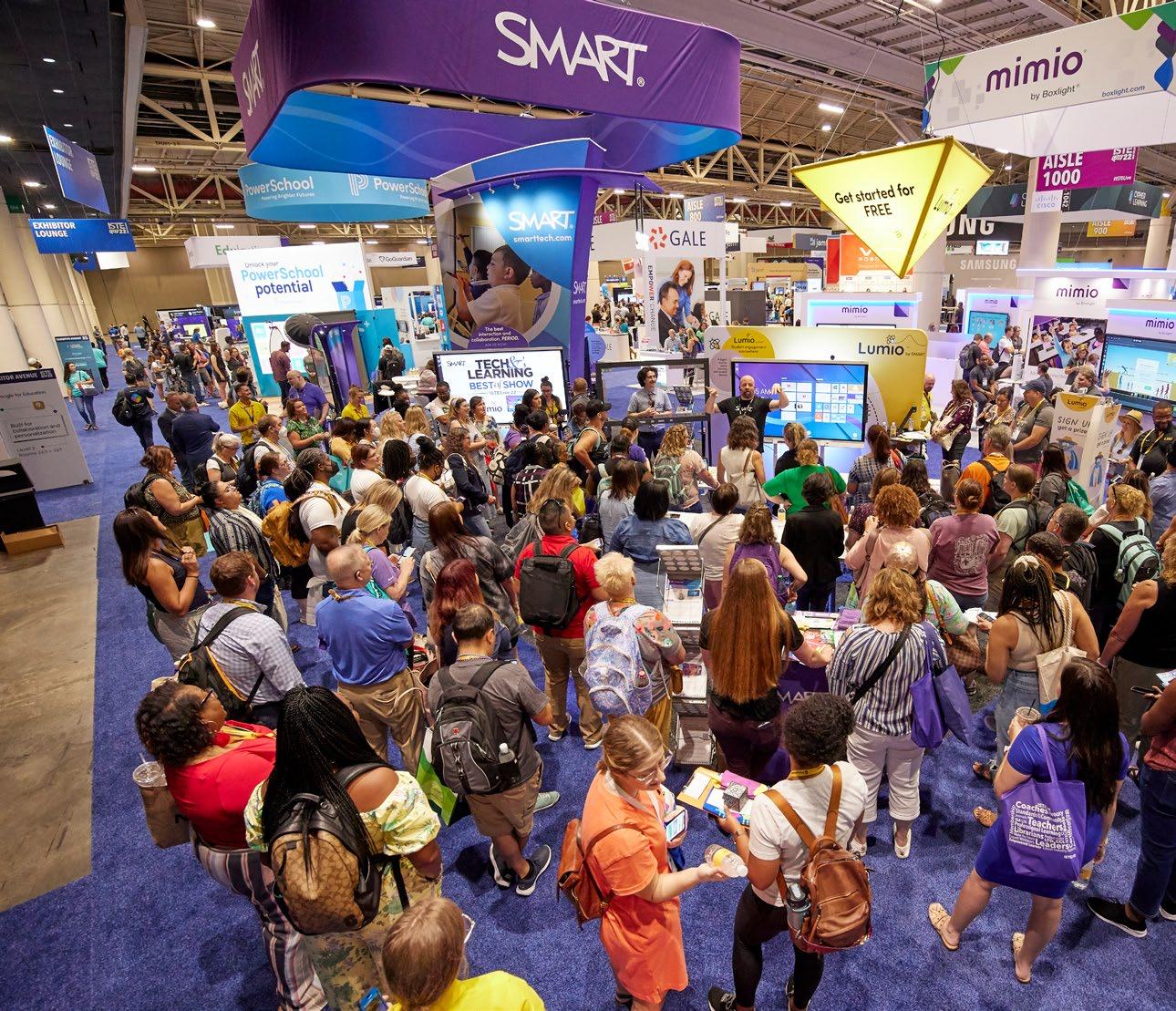

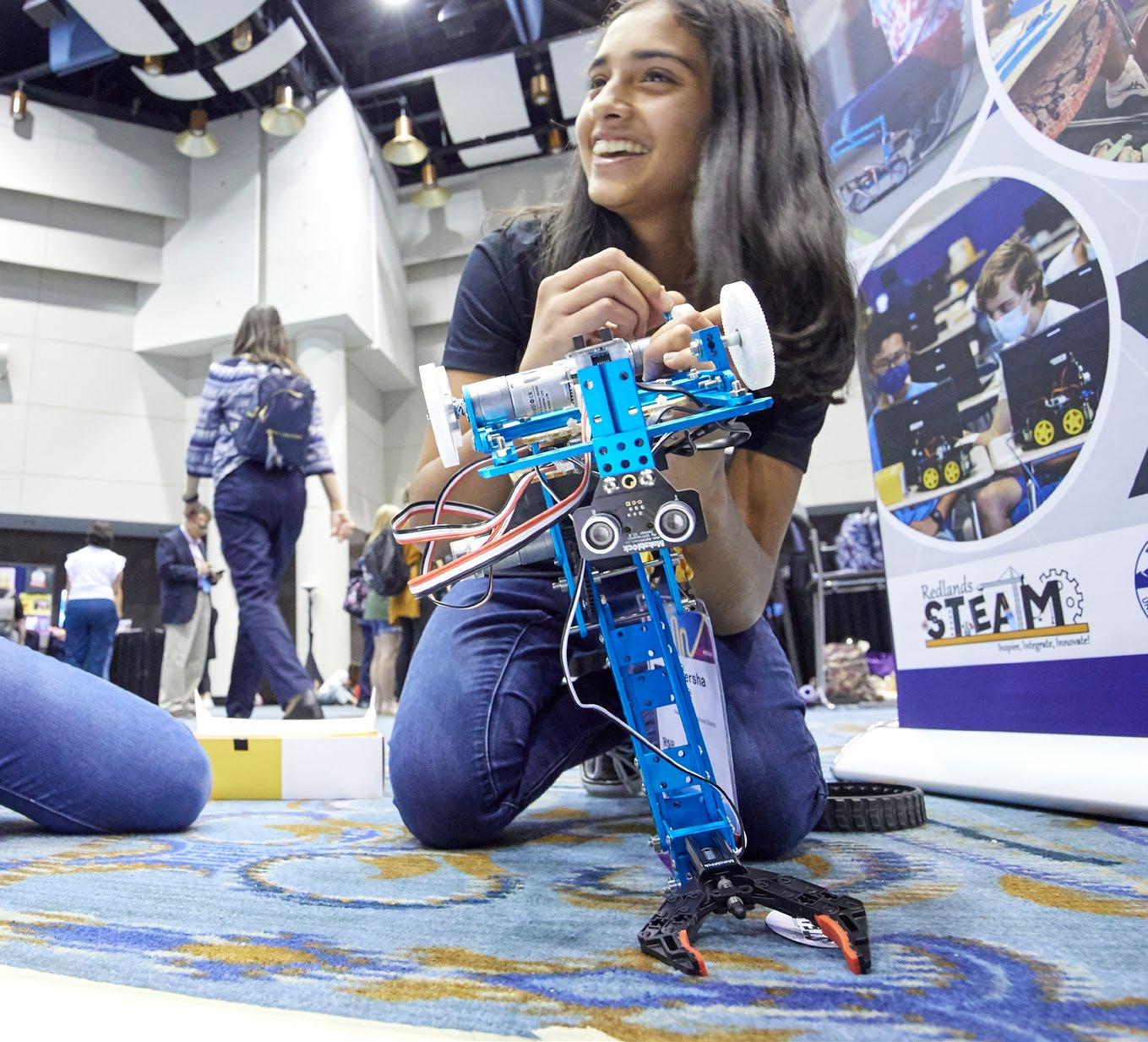

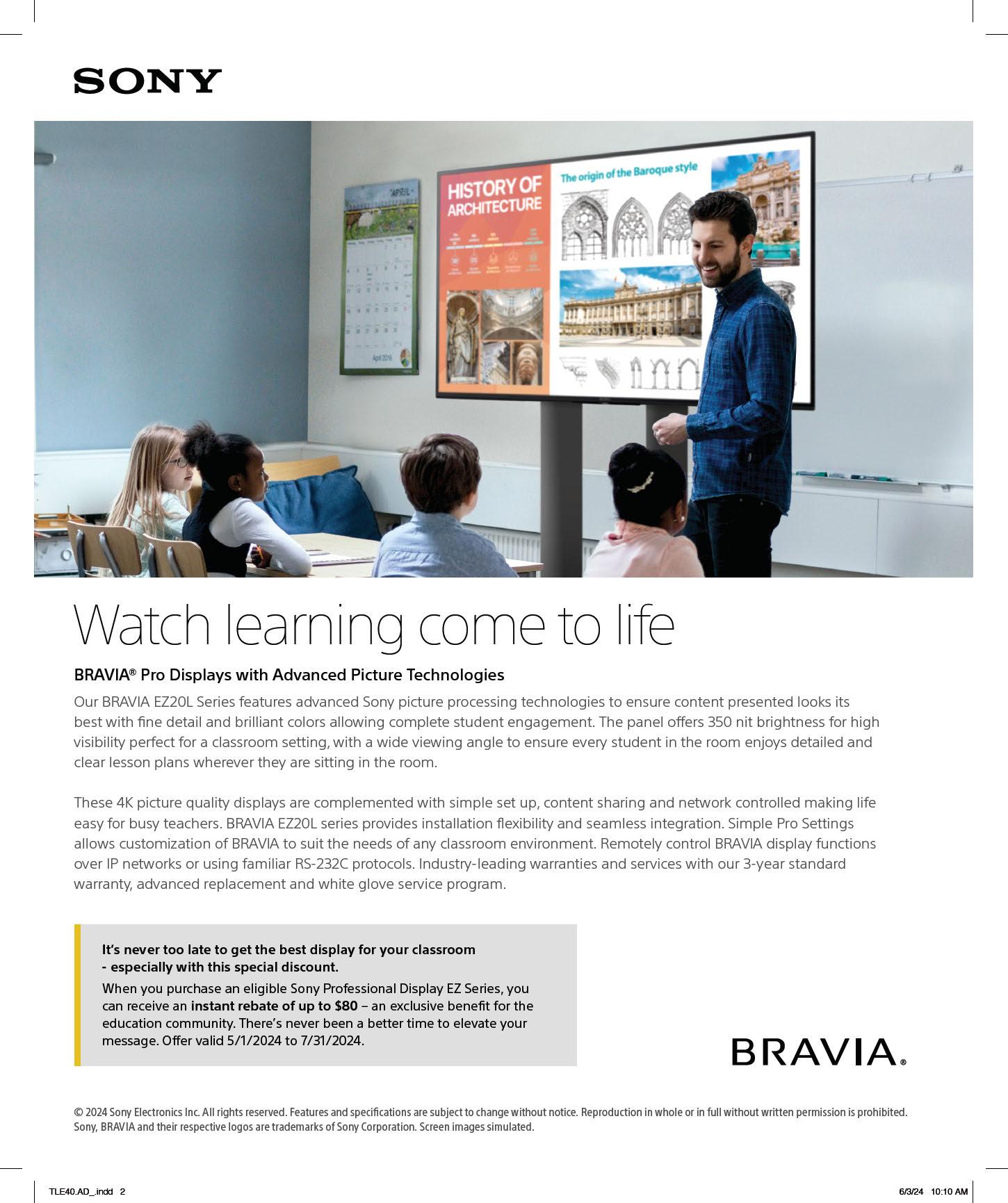

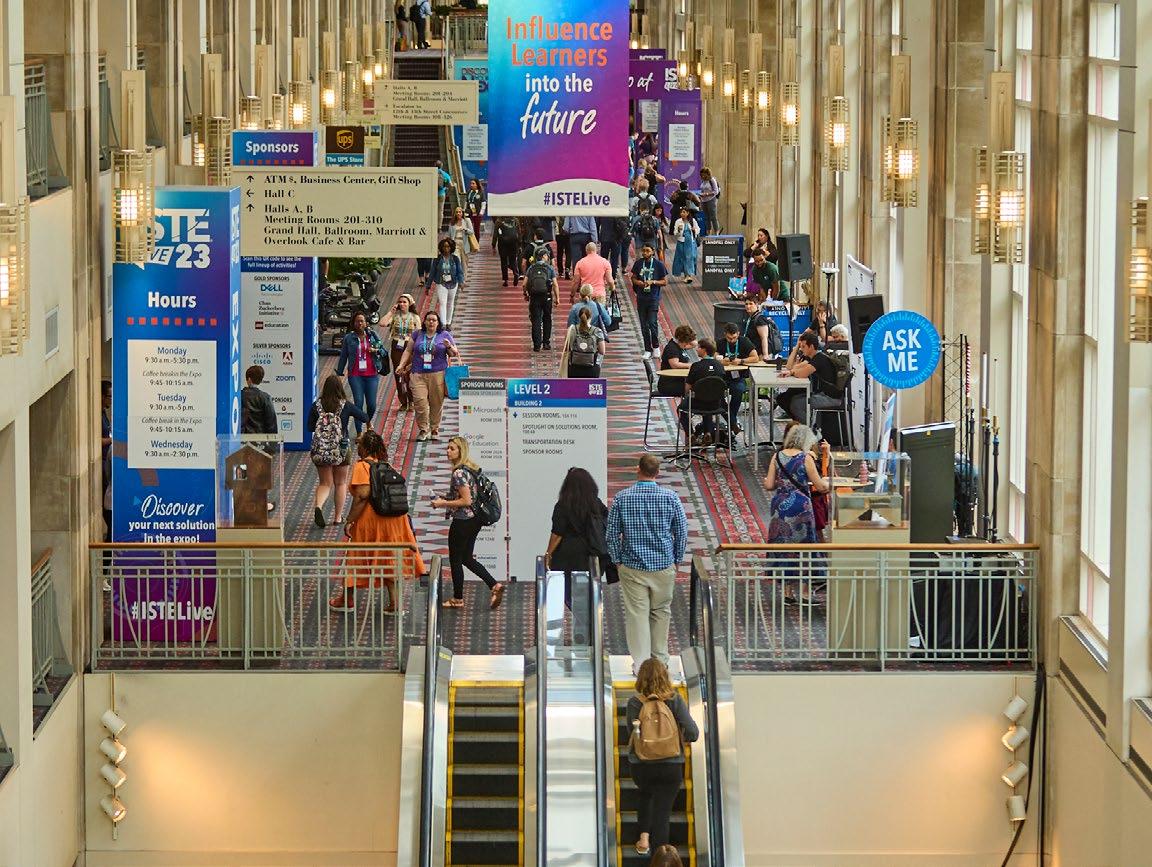

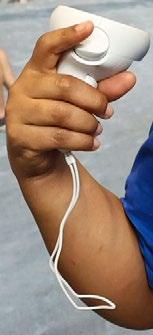
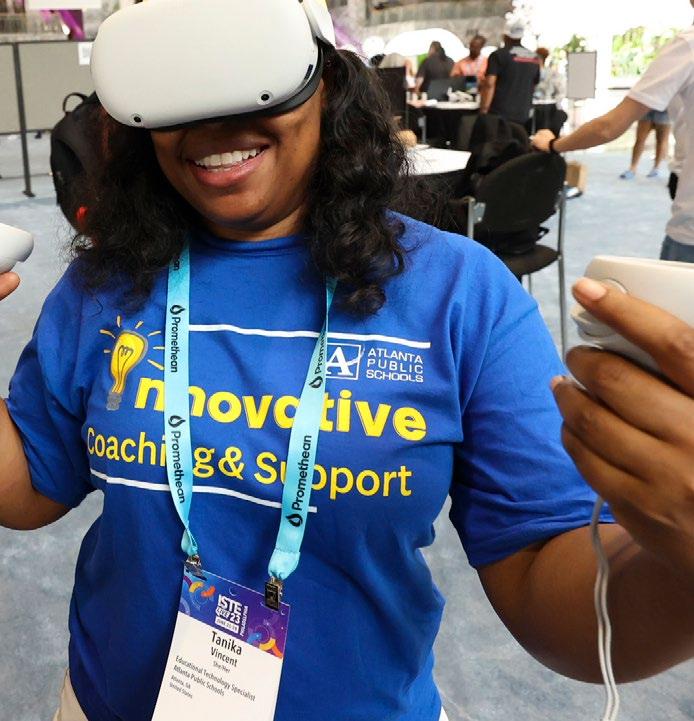
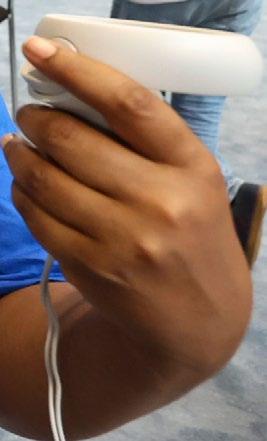

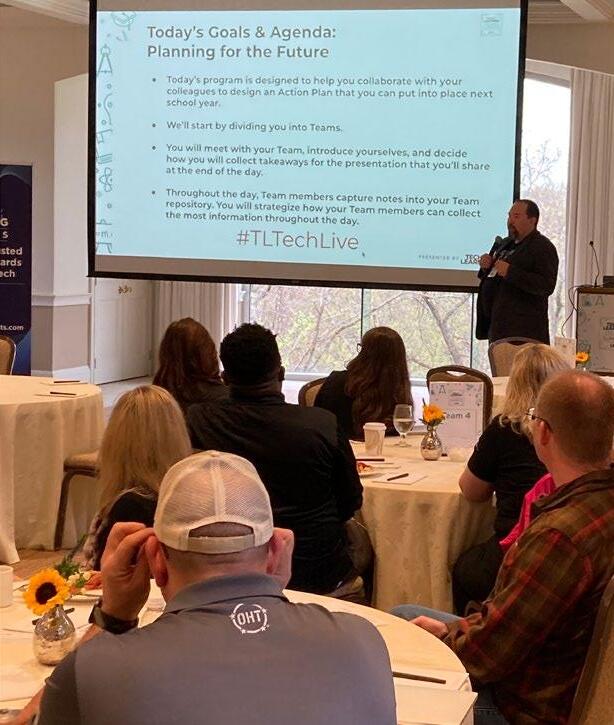
Senior Design Directors
Cliff Newman, Steven Mumby
ADVERTISING SALES
Sales Manager Allison Knapp allison.knapp@futurenet.com
Sales Associate Anne Gregoire anne.gregoire@futurenet.com
MANAGEMENT
SVP, MD, B2B
Amanda Darman-Allen
VP, Global Head of Content, B2B Carmel King
VP, Head of US Sales, B2B
Tom Sikes
Managing VP of Sales, B2B Tech
Adam Goldstein
VP, Global Head of Strategy & Ops, B2B Allison Markert
VP, Product & Marketing, B2B
Scott Lowe
Head of Production US & UK
Mark Constance
Head of Design, B2B Nicole Cobban

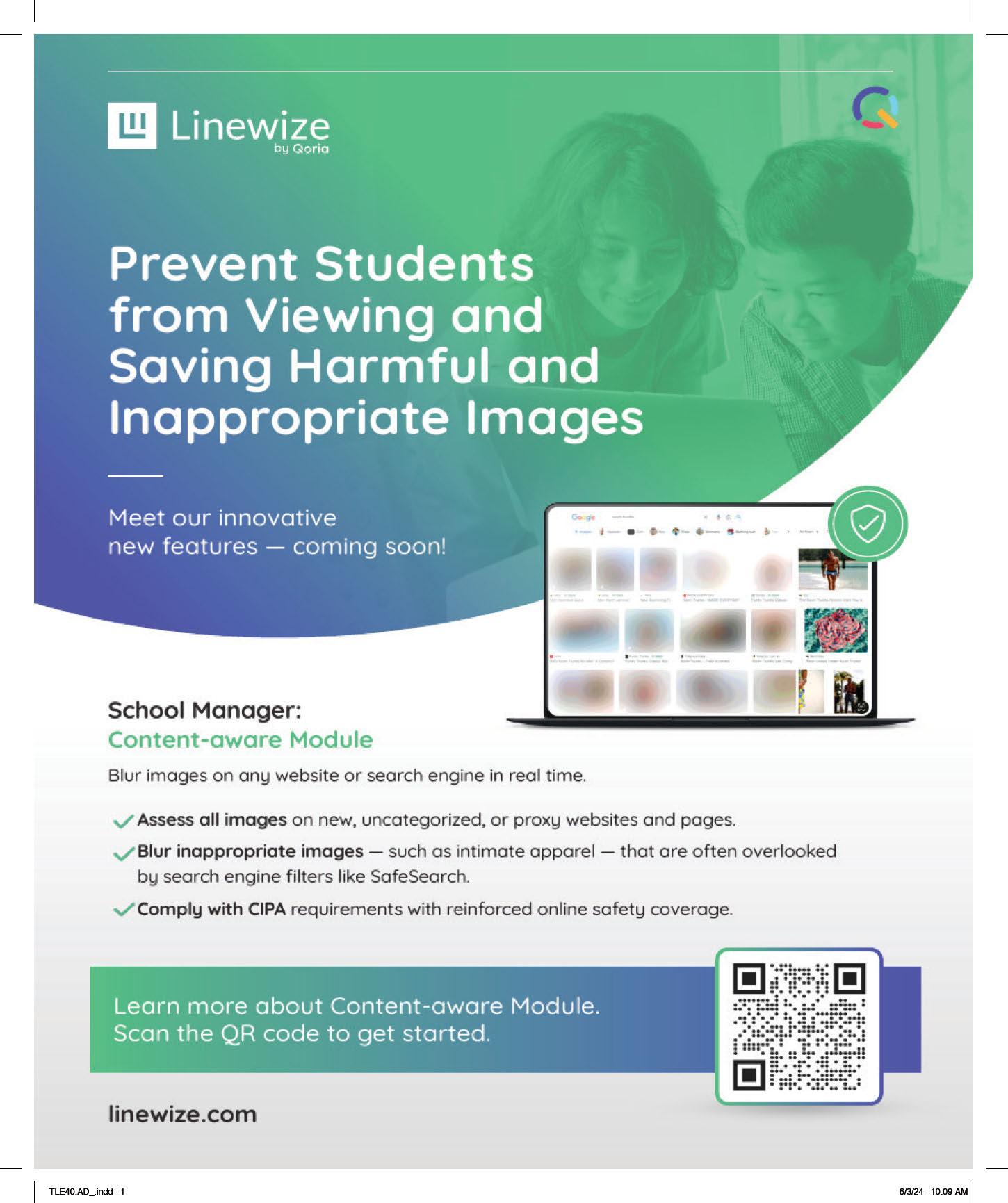


Education and edtech leaders, teachers, consultants, experts, and others from around the globe will be experiencing the Rocky Mountain high of ISTELive 2024 as they descend up Denver, Colorado, for one of the world’s most comprehensive edtech events.
Featuring nearly 1,000 sessions presented by global experts, the four-day event (June 23-26) provides best practices, advice, tips, and more, as
well as showcases the latest and greatest edtech on the massive show floor of the Colorado Convention Center in Denver. The event also will offer hands-on interactive programming, listen-and-learn sessions, immersive demos in the expo hall, and more learning opportunities.
Speaking of learning, this year’s featured presenters will be coming from around the world to share their educational experiences, ranging from AI and STEM
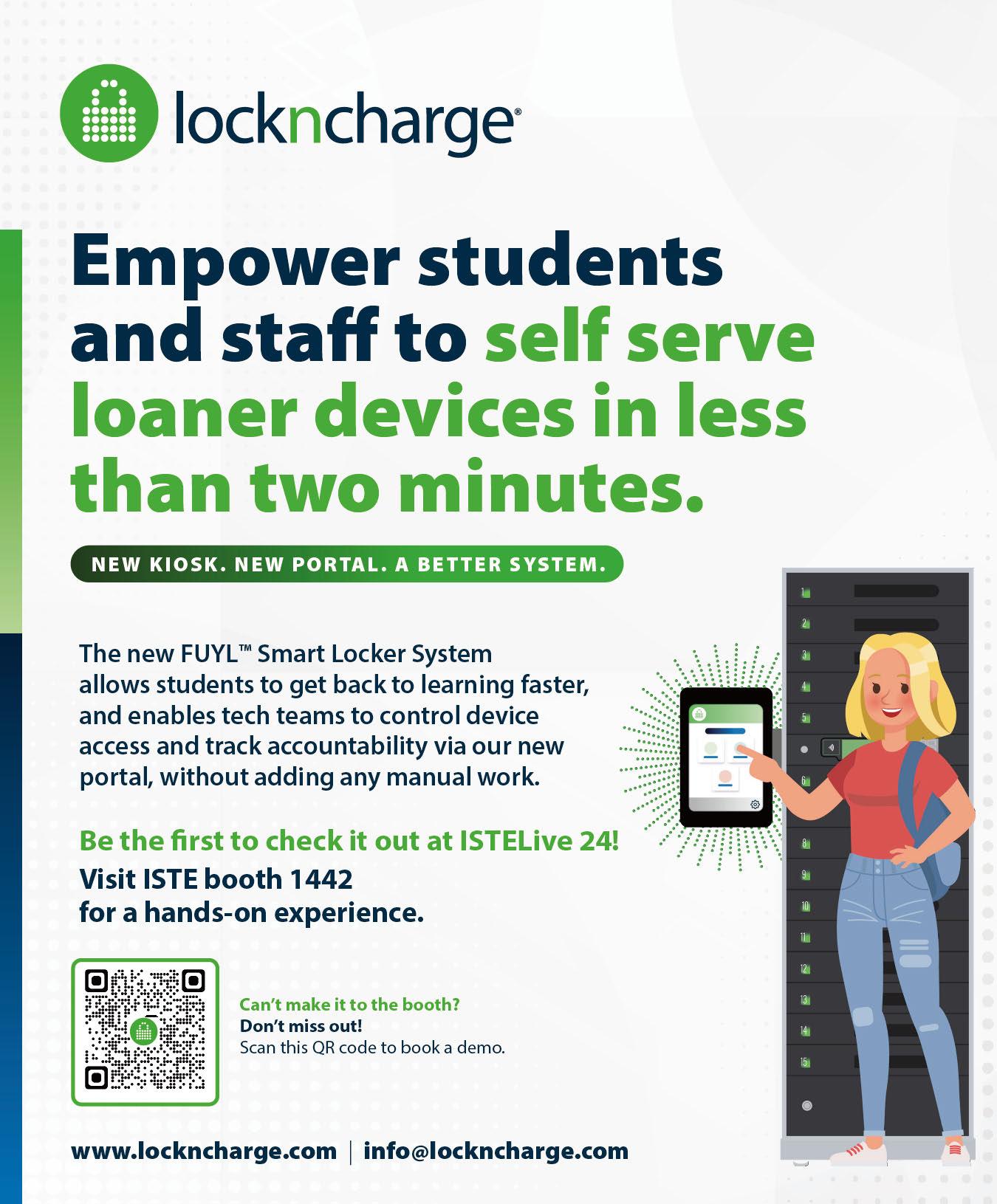
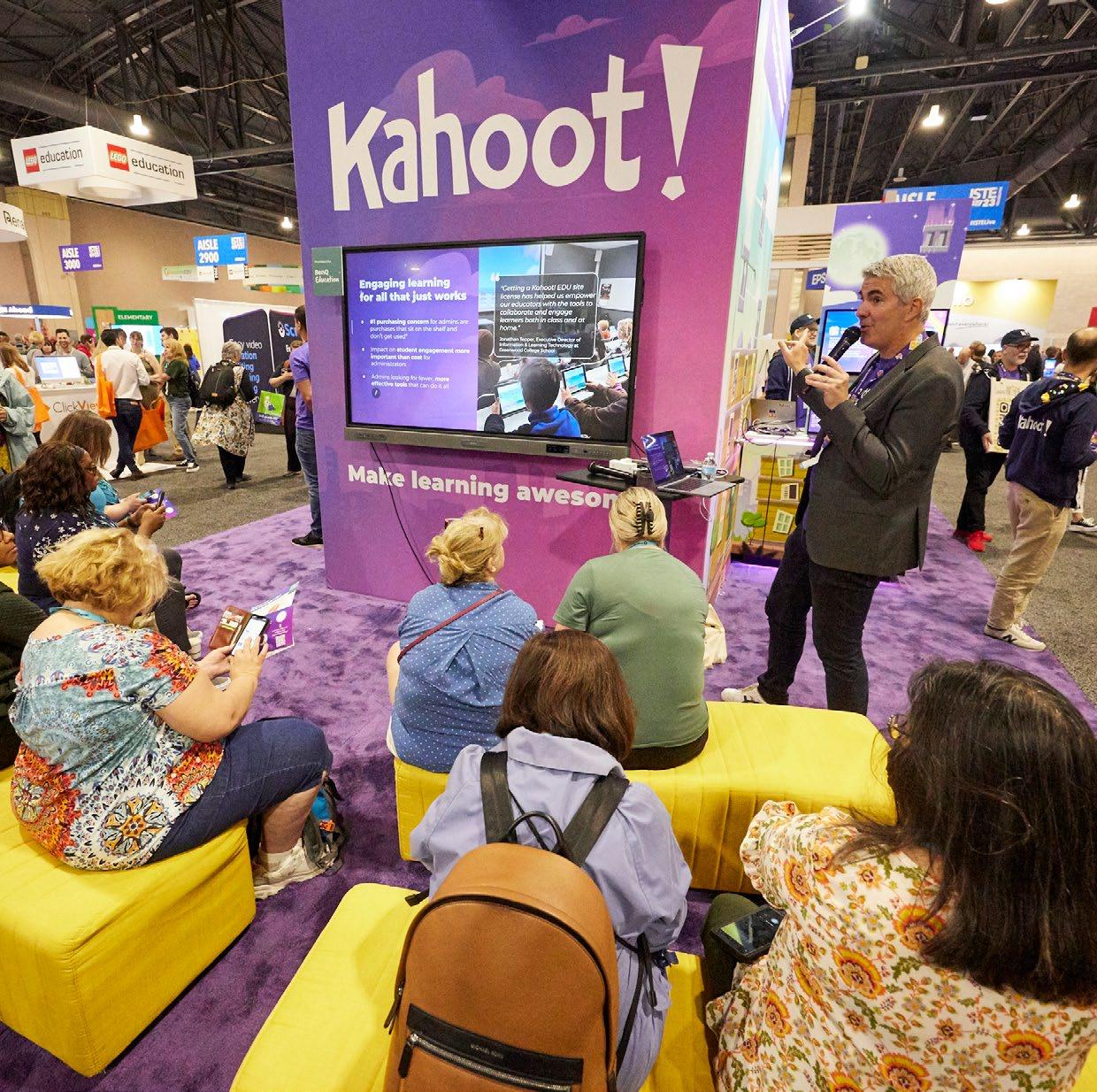
to curriculum building and professional learning. Among the mainstage speakers will be:
• Mo Gawdat, bestselling author, chief AI officer for Flight Story, founder of One Billion Happy, and former chief business officer for Google.
• Sinead Bovell, a futurist, founder of tech education company WAYE, and host of PBS’ YouTube series “Far Out.”
• Ethan Mollick, innovation expert, AI thought leader, and professor at the Wharton School.
• Ramesh Srinivasan, author, engineer, policy adviser, professor at UCLA, and founder of UC Digital Cultures Lab.
This year’s conference will feature two main learning tracks: AI and project-based learning. In the AI track, the focus will be on how to prepare students for use in their lives and careers by learning how to use AI tools and developing AI-related lessons. The project-based learning program will demonstrate how to use tech tools to empower students to explore real-world issues by creating practical projects.
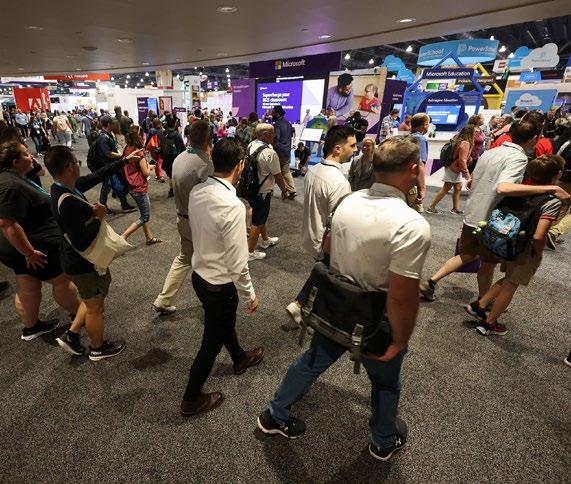
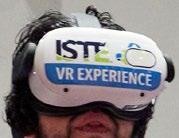



This year’s expo floor will feature hundreds of exhibitors, solution providers, and vendors, including the biggest names in education technology, such as Microsoft, Google, Epson, LEGO, CDW, Dell, and PowerSchool. Also on hand will be dozens of other edtech companies, offering everything from AI platforms and robots to filtering software and classroom hardware.
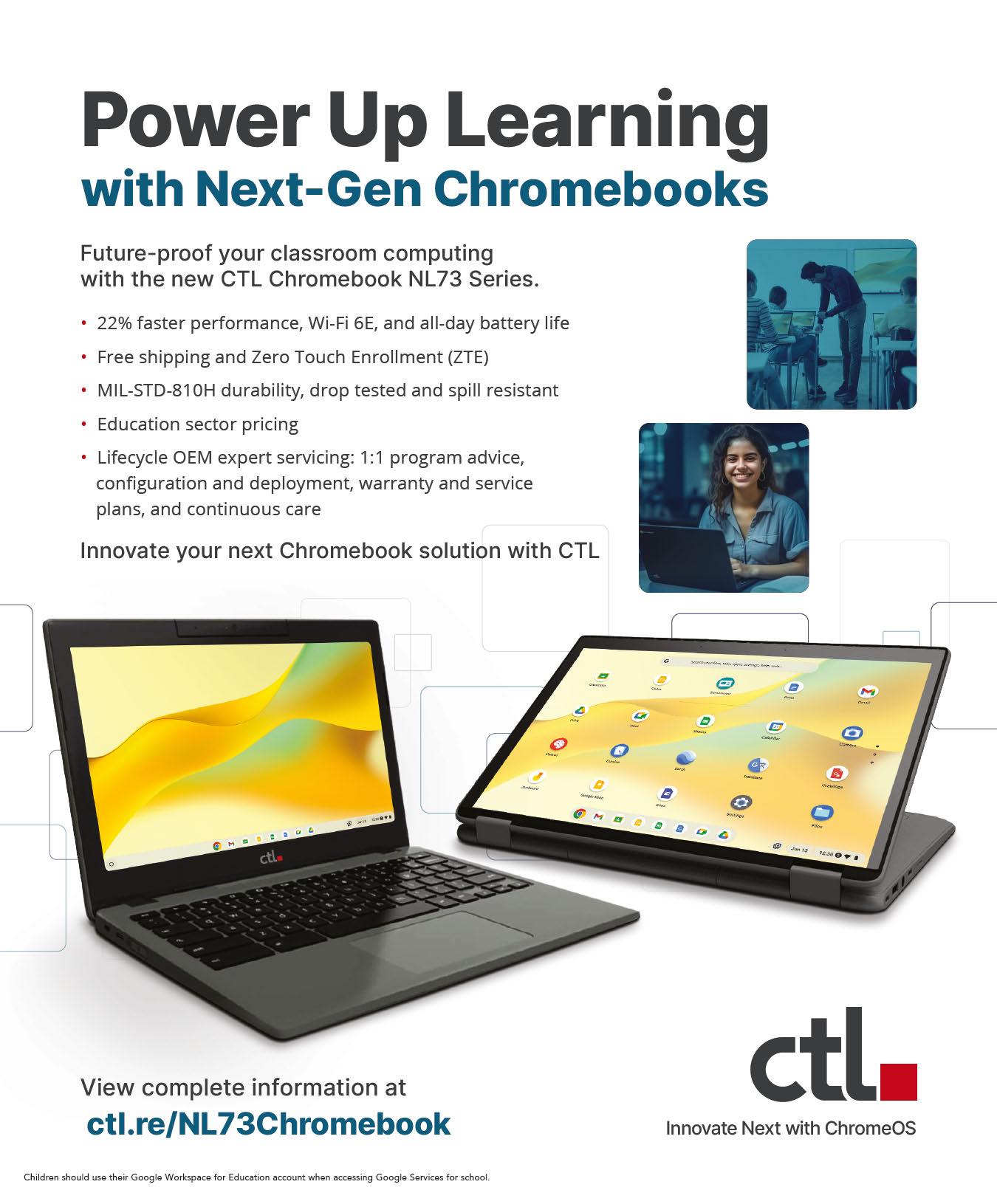
Educators and school leaders will get two conventions for the price of one next year when ISTELive and the ASCD Annual conference join forces in San Antonio, Texas, from June 29-July 2, 2025. Those who register for either conference will get access to both, which will be held at the same facilities and operate as a two-inone event.
Jennifer Ragan-Fore, ASCD + ISTE Chief Experience Officer, says the decision to co-host ISTELive and ASCD was made for the same reasons the two organizations decided to merge in the first place.
“It’s really about being able to bring together people across the entire instructional spectrum — leaders all the way down to classroom teachers and coaches,” she says.
-
Some aspects of the 2025 co-hosted ISTELive and ASCD Annual Conference are still coming together, but participants will be able to register through ISTE or ASCD, and though that, registration will provide access to all events. Various talks, panels, demonstrations etc. will be branded as either an ISTELive or ASCD conference event.
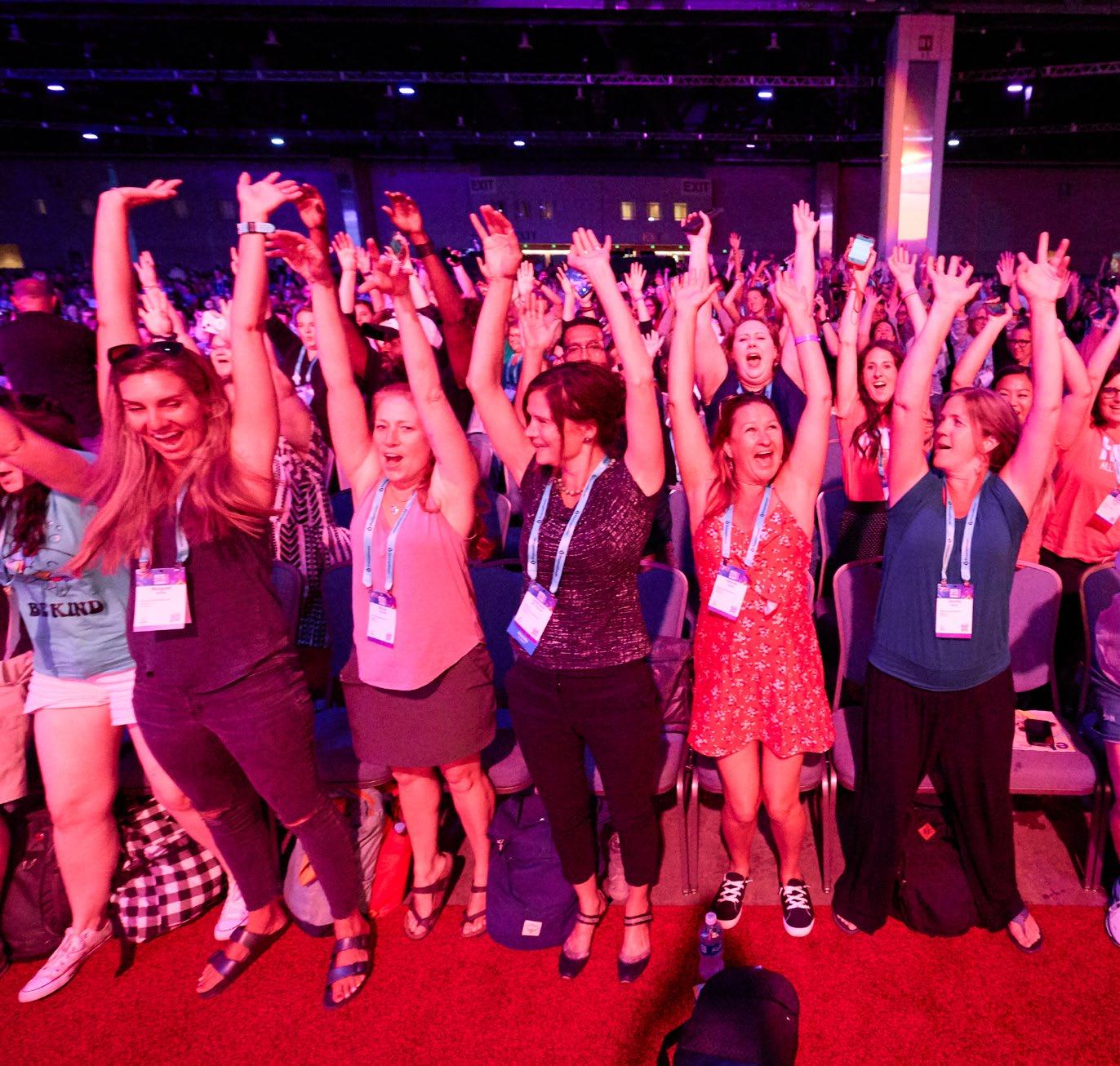
Excitement From
- With the events now hosted together, leadership-focused educators will have the chance to sit-in on more classroom-centric events and classroom-focused educators can listen in on some broader curriculum focused workshops and discussions. Various team members from the same district will also be able to attend together and discuss what they have learned, Ragan-Fore says.
Advice for Attendees - Whether attending the co-located conference next year or ISTELive this summer, Ragan-Fore recommends planning ahead to ensure you choose correct conferences. And no matter how great the events are, connect with other educators. “Even if you’re part of the team, reach out and hear other perspectives from other schools and districts,” Ragan-Fore says. “And if you’re going individually, really try to take advantage and make the most of those [networking/connecting] opportunities.”
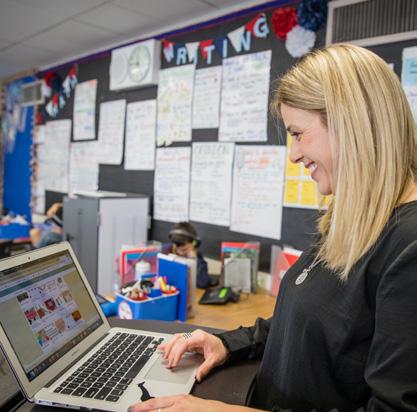
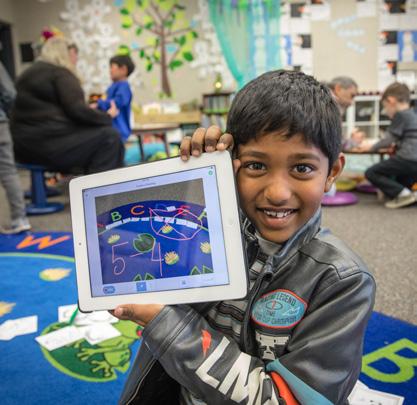


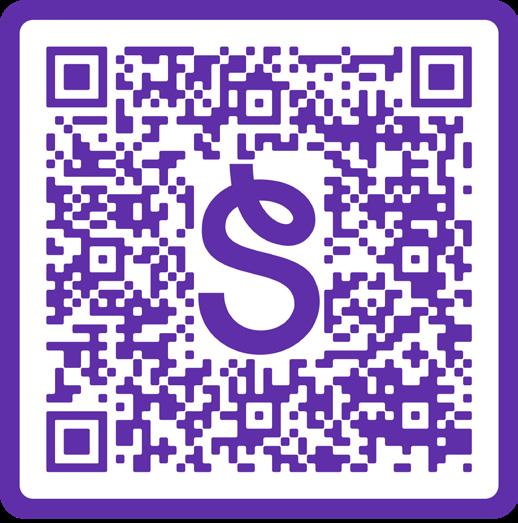
This year at ISTE looks to be one of the most exciting in recent memory, with focuses on two specific tracks: artificial intelligence and project-based learning.
Here’s what you can expect from each of these two tracks at ISTE 2024.
Project-based learning (PBL) is an effective way to help foster critical thinking, problem solving, and creativity in students. Tara Nattrass, Managing Director of Innovation Strategy, ISTE, maintained that a focus of the conference would be to expound on how we can provide support to our educational leaders to empower students in their learning process.
“One of the things that we will really be focusing on with our sessions at the conference is how we can support leaders and teachers in building PBLs that help to foster critical and creative skills, and that incorporates authentic, real-world problem solving,” says Nattrass. “You want an authentic audience. You want to have it be something that is relevant to the types of things they’ll be doing
when they go into their post secondary experiences. So helping people think through what that looks like is part of what we will be doing with those PBL sessions at the conference.”
Attendees who follow this track can expect to explore the following topics throughout the conference via sessions, activities, and expert presentations:
• How PBL Can Improve Necessary Skills: Project-based learning can help students strengthen their critical thinking, communication, and collaboration skills, which can in turn help them navigate both their educational and professional lives.

• Creating Effective PBL: Empowering teachers to create the necessary lessons and activities for PBL that will help students tackle real-world problems will be a large factor at ISTE.
• Methods of Refining Development:
Creating a solid foundation for project-based learning is important, but how do we continue to
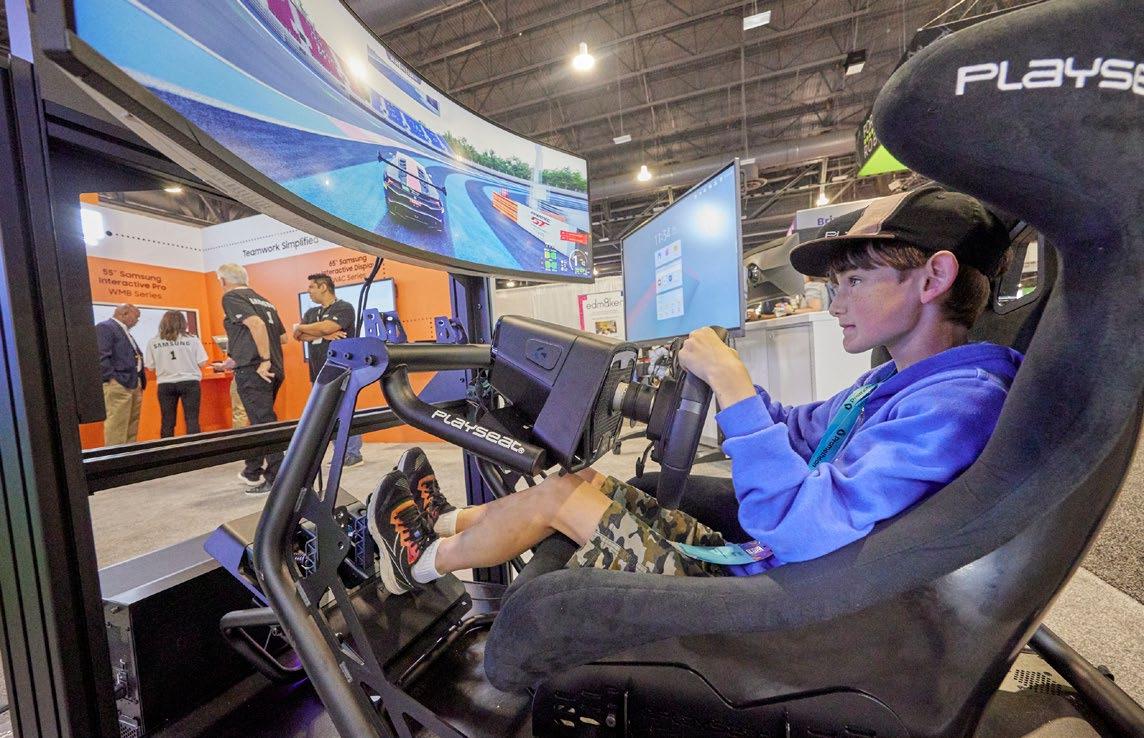
improve its effectiveness for our students? What does that mean for curriculum development? How does this impact the educational goals set for our students?
ISTELive 2024 will offer more than 200 AI sessions, so to say that artificial intelligence will be a focus might be an understatement. Breaking down the approach to AI will help flesh out what educators need to focus their attention on going forward.
Nattrass wants students to find use in AI based tools just as they have with edtech tools of the past.
“We really want students to have an opportunity to use these tools for creation and design just like we have talked about with edtech tools historically,” Nattrass says. “It isn’t just about consumption. It’s about being creators and designers that work, and then also convening diverse communities to think about how we can create guidelines to address the
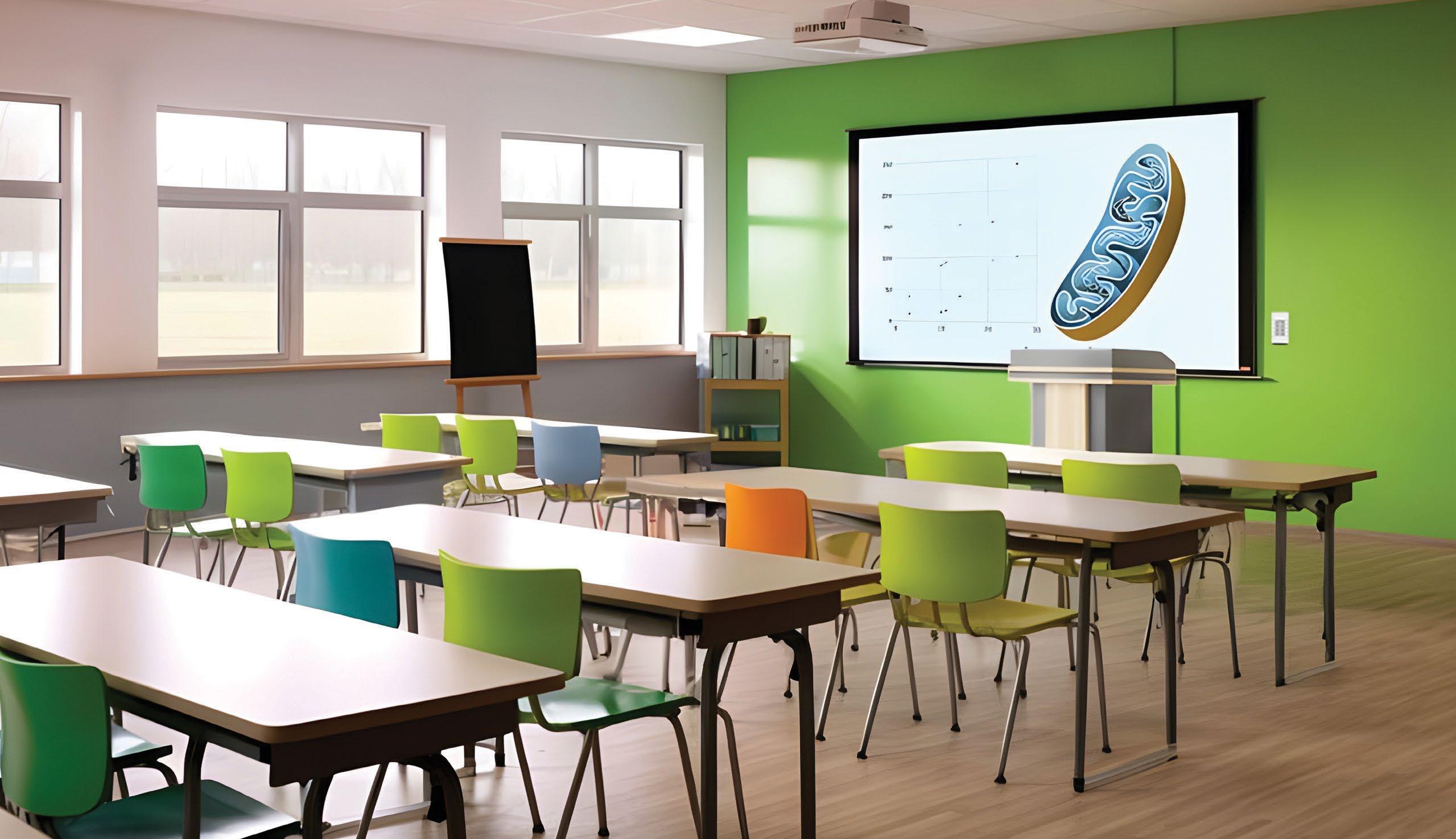

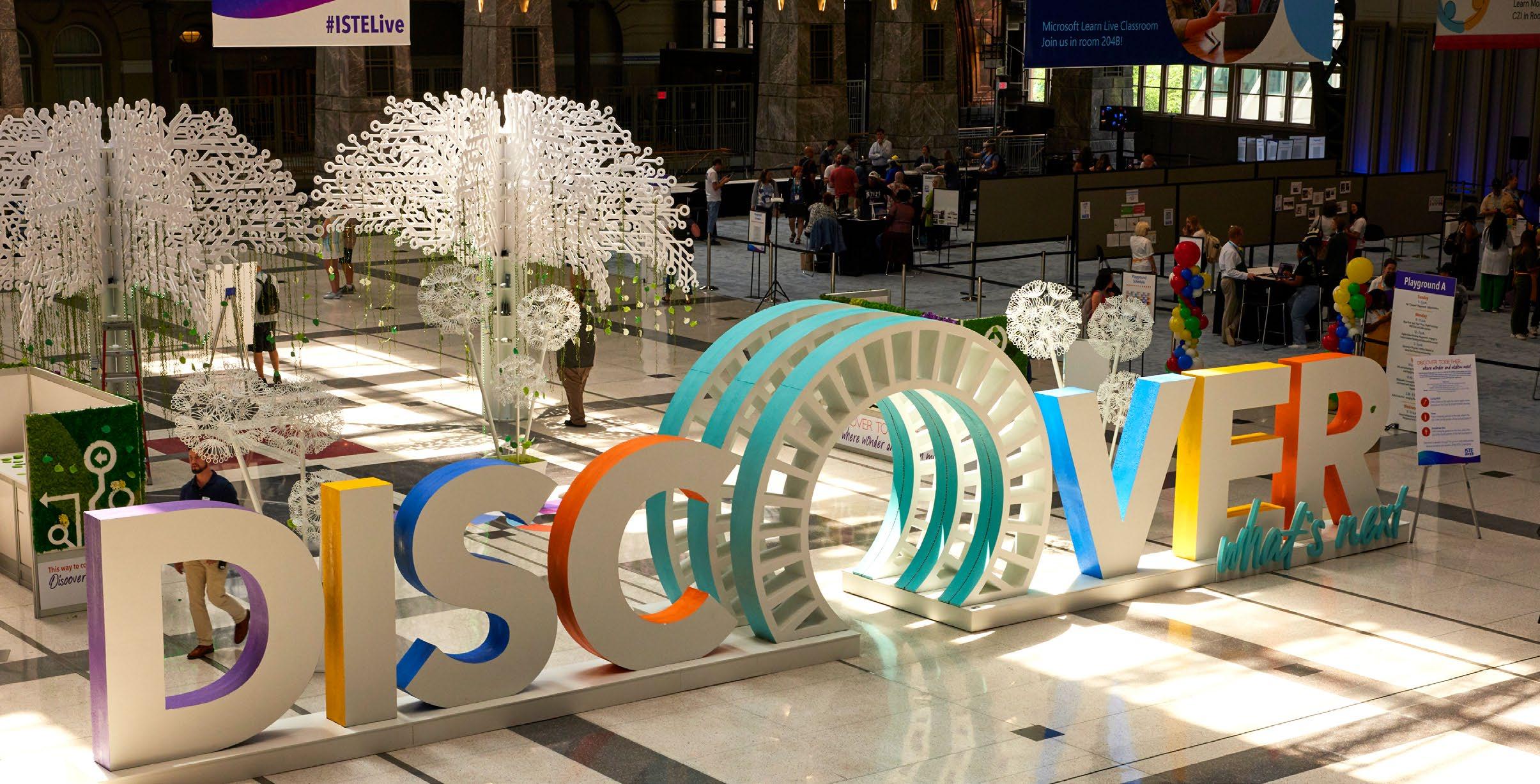
opportunities and risks [that come with AI].” Some of topics regarding AI and education that will be highlighted, include:
• What is the Goal for AI: AI will continue to grow and be involved in education. But what is the ultimate goal in incorporating AI in schools? See what tracks with the future of AI implementation.
• Understanding Generative AI and Related Challenges: AI is constantly evolving, and with it comes the potential challenges that may be faced. Understanding how equity, ethics, bias, and more are impacted by AI use will be critical when understanding how best to use certain tools in and out of the classroom.
• How can Students be Supported with AI: Not only will AI become a larger part of education, it is already a larger part of the employment space that students will enter. As such, they will need to know how to utilize AI inside and outside of school environments.
• Making AI a Community Endeavor: Expanding the conversation about AI to involve parents and their students’ education on how AI is being used is important for successful implementation for everyone.
Both PBL and AI are important topics that will continue to be discussed in the educational space beyond this conference. How we can use these subjects to reach out to students in new ways is ongoing. For those interested in this, the use of AI, VR, and AR will play a prominent role in the Innovation Arcade.
Also being highlighted are three student projects that showcase innovative and responsible uses of AI. Educational leaders will have ample time to discuss AI during the Leadership Exchange, with a large focus on AI and how to overcome any particular challenges with its use.
ISTELive 2024 will be packed with opportunities to learn more about AI and PBL, but it will also be a hotbed of communication, networking, and problem-solving across the educational space.
Schools, teachers, and students must have access to the resources they need as soon as they need them.
Featuring 24/7 support and multi-factor authentication, we're in love with learning.

Provide instant access to a library of 6,000+ single sign-on apps from in the classroom or at home. Access
Use data to measure engagement and make informed purchasing decisions. Usage Analytics
Make rostering and provisioning easier, more secure, and less time-consuming. Identity Management
+1(888) 963-7550
Educator and edtech expert Alana Winnick never considered herself much of a writer. Even so, she was able to write The Generative Age: Artificial Intelligence and the Future of Education at warp speed. This was thanks to, well, AI.
Winnick is more comfortable speaking than writing, so she used an AI-powered voice-to-speech transcription tool on Google Docs to capture her words. “I dictated it on the page, I took that, I ran it through an AI to remove my filler words and make me sound more professional,” says Winnick, Educational Technology Director at the Pocantico Hills Central School District in New York. “Then I would go back and edit it.”
AI to Save Teacher Time - Throughout her career, Winnick says it has been a challenge to get teacher buy-in when it comes to various edtech tools. That changed for a time during the pandemic, except when things returned to normal many teachers drifted away from technology again. That has not been the case with AI. “This was actually the easiest buy-in I’ve ever gotten, because I’m like, ‘This is going save you time,’” she says.
AI Tips For Students - When using AI in an educational setting, student safety and being aware of bias are paramount. “I think that every user, students and teachers, need to understand bias and misinformation in AI before they can use it for good,” Winnick says. “They need to know that we’re detectives. We need to analyze everything that the AI is outputting to make sure that there is no bias, there’s no misinformation.”

cheating and AI, Winnick says educators can bypass many of these by focusing on the process over the final product. By assessing that process and being a part of it, educators can help students use AI to effectively enhance their projects and not just spit out answers to essay questions.
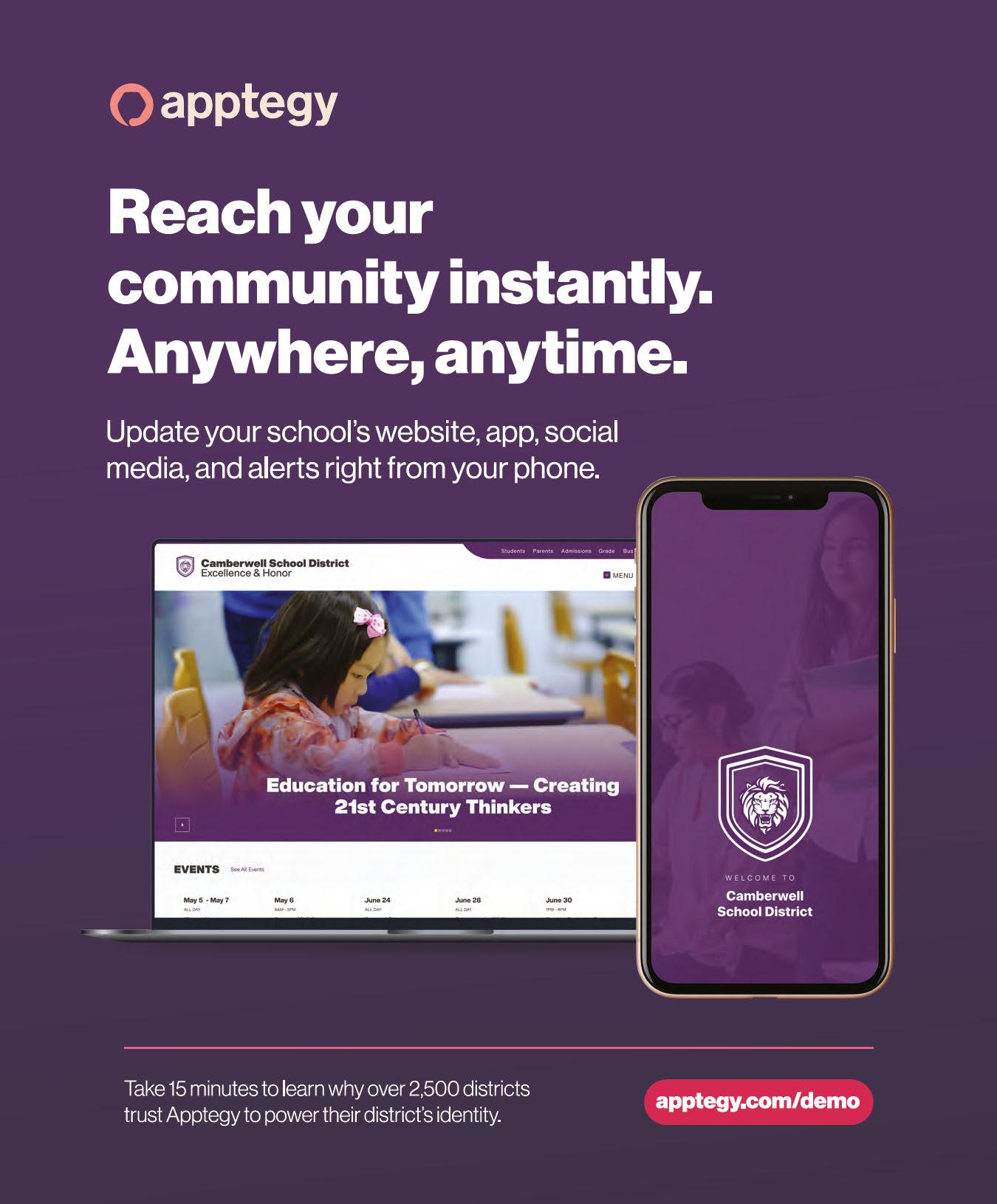
The following is a modified excerpt from Carl Hooker’s new book, Learning Evolution: New Era of AI in the Classroom.AI will not replace a teacher. However, a teacher that utilizes AI correctly in their daily work will be a much more effective teacher, which means students will become much more effective learners. Recently, I had a teacher remark that if he uses AI to teach and the students use AI to learn, then what is the purpose of even having humans involved? He was making the same false assumption that many make when first using AI in their work. They assume it will be a replacement, not an assistant. Yes, it can assist teachers with mundane administrative tasks and it can help students get started on a project, but there are many things it will not do. This really comes down to a blend of human compassion and artificial intelligence. Much like a teacher would suggest the use of scissors and glue for a project, the use of a tool like generative AI also requires a level of guidance with students.
tool such as Quillbot, students can enter a section of text and ask AI for feedback and suggestions to improve their writing.
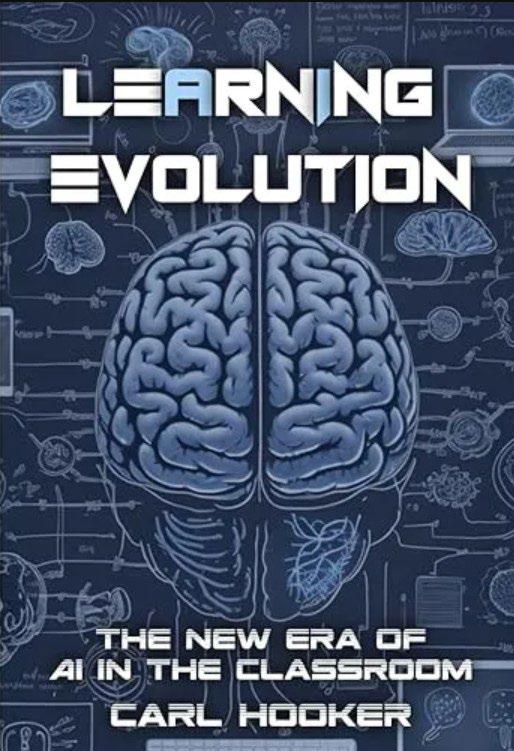
Here are 5 things AI can do for learners right away:
1. Brainstorm ideas - Staring at a blank page can be paralyzing. Using a large language model such as ChatGPT to generate a list of adverbs or even a story outline is a great place to start.
2. Feedback & editing suggestions - Using a

3. Review your work - Once you’ve finished your project or paper, have AI take a look at it and make any final remarks to improve on the output.
4. Reading & writing assistance
- Some of the most powerful AI tools can help someone with learning challenges in reading and writing. Using tools such as speech-to-text and Microsoft’s Immersive Reader can provide scaffolding and support for the struggling reader or writer.
5. Tutoring & support - Not every student has access to a personal tutor. Some may not have the opportunity to also get parental support. As such, those students are at a disadvantage. However, using a tool such as Claude.ai, students can build out their own study cards to practice concepts they are struggling with.
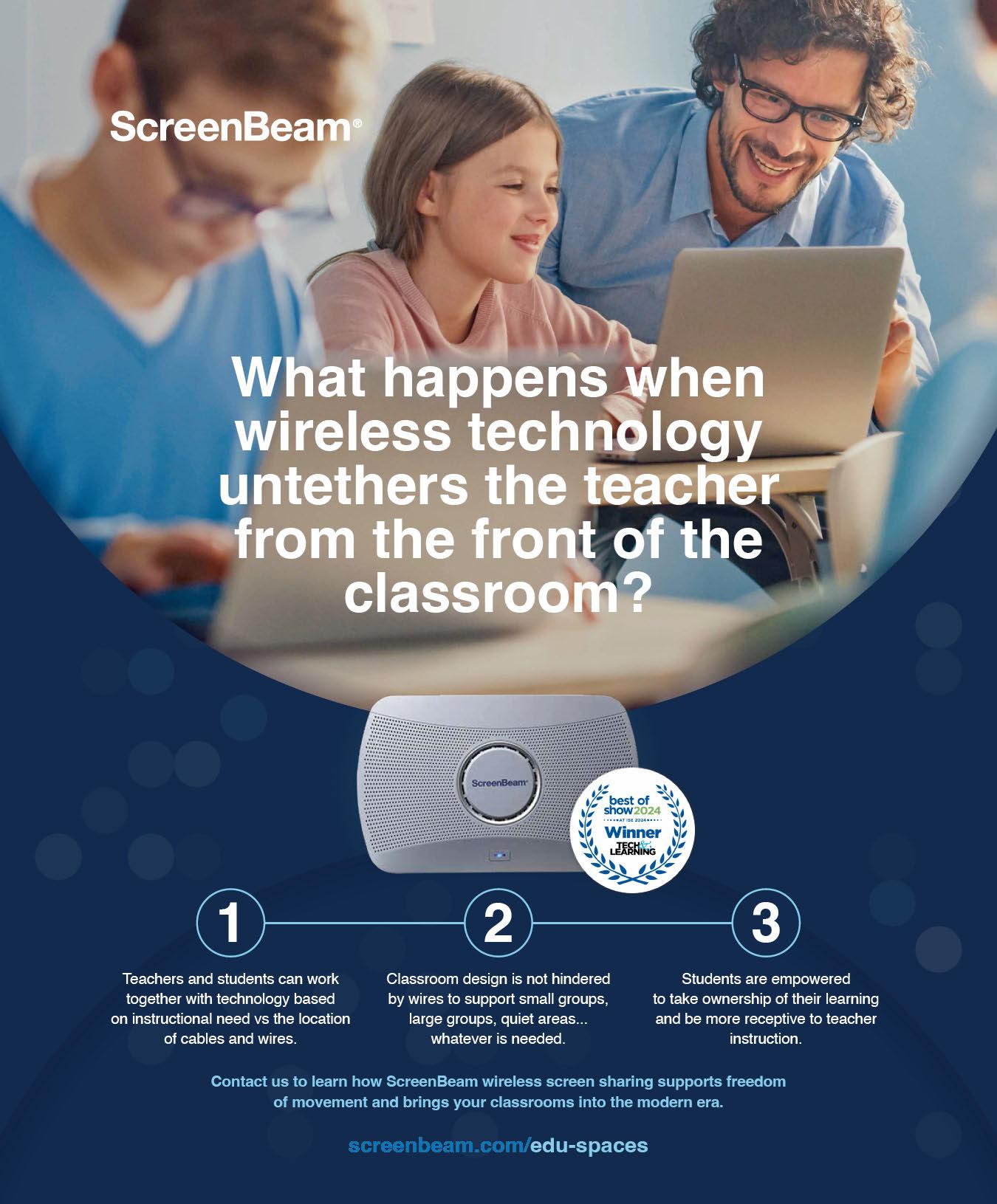
The threat of students using a photo of classmates to create AI-generated deepfakes of them engaged in pornographic acts is no longer hypothetical — nor are other potential disruptive uses of AI deepfakes in the school setting.
“I’m concerned that schools are getting caught off guard by the rising use of AI to deepfake,” says Doug Levin, co-founder and national director of the K12 Security Information eXchange. While much of the conversation around AI has focused on its potential and drawbacks in the classroom, he’s worried about adversarial AI use “creating all sorts of havoc in school systems because [they] haven’t ever considered whether or not something like this can happen.”
Chris Aviles, an educator, has similar concerns.
“The reality is every school district is ten minutes away from potentially something like this rocking their school community.”
Growing reports of students generating deepfakes is starting to drive home the extent of threats. “The reality is, I don’t think folks generally know how easy that is to do with AI,” Aviles says. “We’re at the point where it takes absolutely no talent. You do a Google search, you have a picture of somebody, you upload it, and it spits out pictures and in some cases actual videos of the person. We see it happening to celebrities.”
Levin says. “I think schools really need to understand this is coming and figure out how they’re going to respond and set expectations and disciplines around this. I’m not sure right now the rules ever foresaw anything like this happening.”
Aviles and Levin agree that the first step in mitigating the threat from deepfakes is awareness. “The best way to prevent it is to get out ahead of it and make sure everybody knows that, ‘Hey, we know this is a thing that could happen, and here’s what’s going to happen if it does,’” Aviles says.
Next, all students should be educated about the intense harm making these types of deepfake videos can also cause the creators, and how in some instances producing these can result in potentially life-ruining lawsuits and criminal charges, including possession of child pornography.
Finally, Aviles says that legally many cases of deepfake porn are prosecuted with revenge porn laws, however, school leaders should consider creating their own policies addressing their response above and beyond legal ramifications, if they haven’t already.
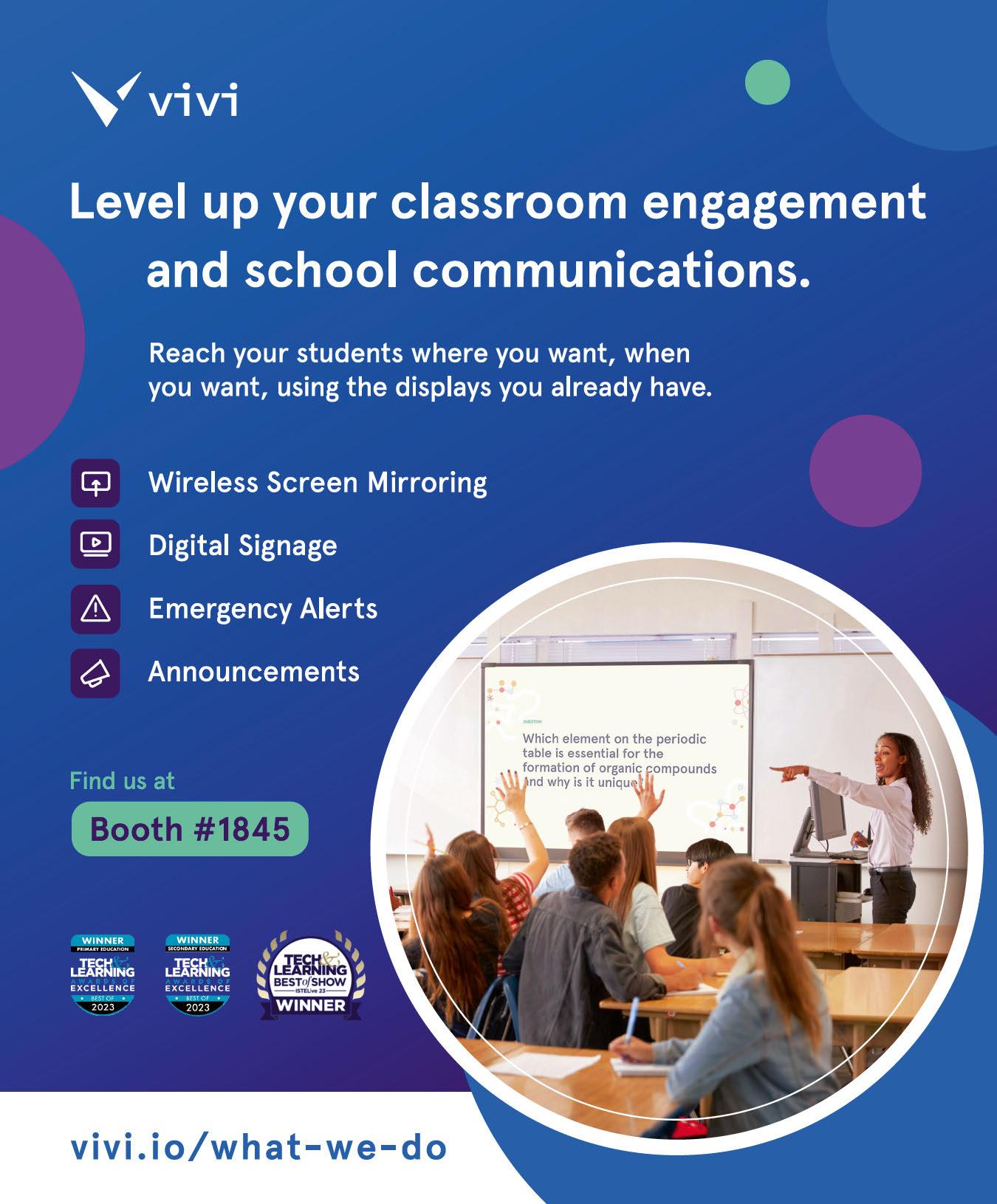
On the surface, generative AI technology -- with its potential to supercharge individualized learning -- lends itself well to the flipped learning model of teaching, say both Jon Bergmann and Aaron Sams, co-authors of Flip Your Classroom, which helped launch the flipped learning movement. However, they also have concerns.
Bergmann says he has yet to see tools that really enable the technology’s individualized tutor potential. Meanwhile, Sams worries about potential bias in the technology and the lack of transparency around the algorithms governing some of the most popular generative AI tools.
“In flipped learning, we talk about the group spacetime and the individual space-time,” says Bergmann. For example, advanced AI chatbots could help students progress through the material when the teacher is working with other students during the group space-time, and enhance the learning that occurs in the individual space-time.
AI’s potential for bias is worrisome in any classroom whether it is flipped or not, says Sams. “The bias is baked in and we don't know where it is, what it is, why it's there, how it got there, and what we can do about it,” he says. “And then we're using that in our educational tools — that scares me to

death, and I don't think we should go down that road until all of these things are out and open for the public to see and we know what it's doing and how it's doing it.”
A mini-review of initial studies on AI chatbots used in flipped classrooms was published in May 2023 and concluded that combining AI chatbots with flipped learning “could result in benefits such as increased student interaction with learning content, improved class preparation, and data-driven teaching and learning. However, potential challenges included limited technical functionality, lacking authenticity, and insufficient student motivation.”
Bergmann notes that anybody can present material. “There's a YouTube video on everything I teach," he says. "So information dissemination is not the job of the teacher as much. It is helping them to wrestle with the harder concepts, and I think AI could be a partner in that as time goes on.”
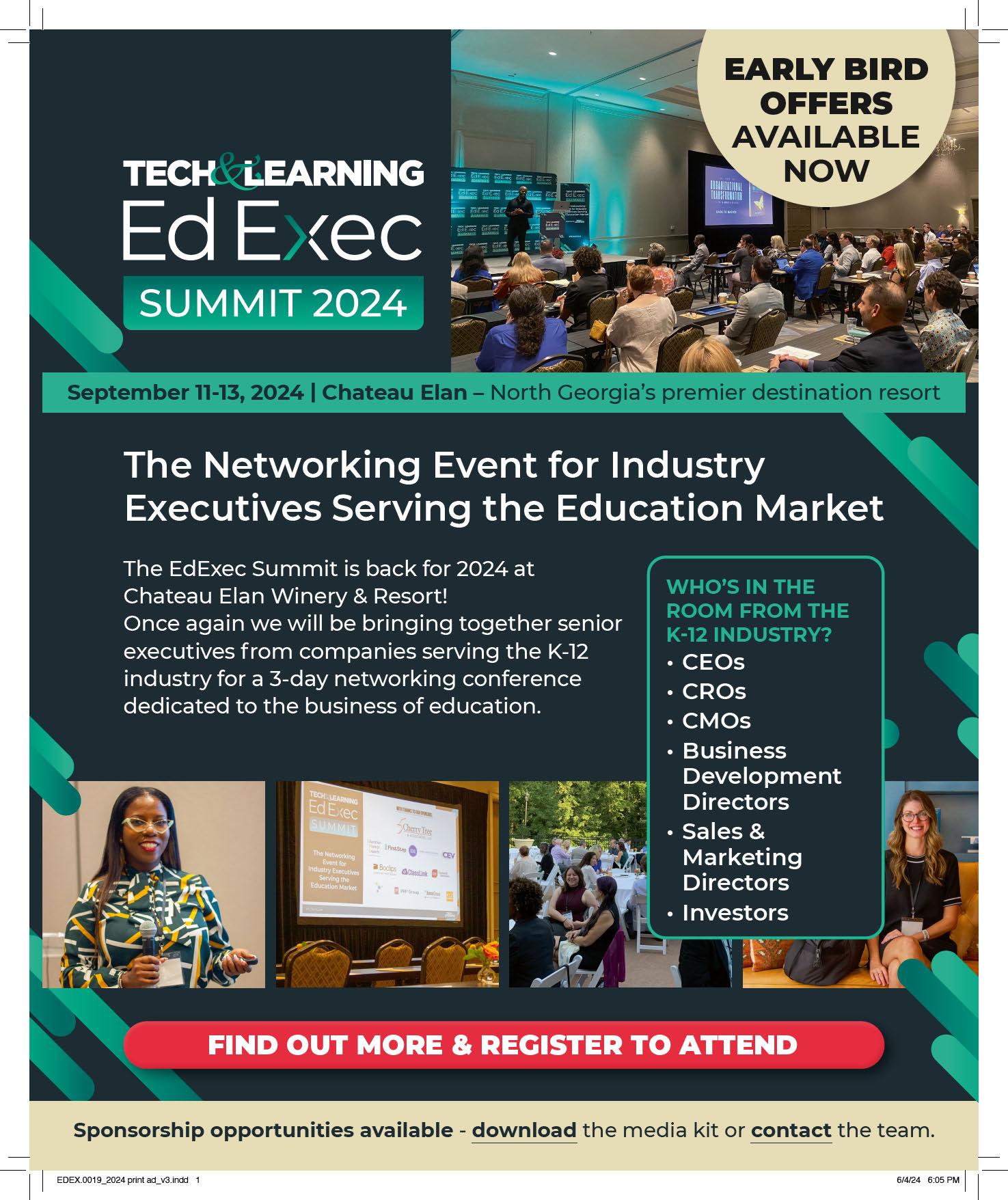
The integration of AI-powered resources and tools in education has the potential to reshape the learning landscape, offering personalized insights and rapid feedback. However, with these opportunities come critical ethical and legal concerns that educators must consider. From unintentional data capture to the perpetuation of biases and misinformation, the risks inherent in AI implementation demand careful attention. In this context, educators play a pivotal role in safeguarding students.
Here are a few areas to consider:
Preventing AI-Generated Content Bias and Discrimination - A simple yet important step in protecting against AI bias includes executing a prompt with thoughtful wording. Human oversight and review of AI-generated content are essential.
AI-Driven Assessments and Grading - AIdriven assessments and grades can provide valuable insights into student learning, but educators must ensure that these are valid and effective, which mirrors the importance of the previously mentioned emphasis on proofreading, editing, and revising.
Teacher Training and Support - Educators need training and support to effectively integrate AI-powered tools into their teaching practices. Professional development, coaching, resources and lesson plans, collaboration, and sharing of best practices, all aid educators in harnessing the potential of AI. Absent this kind of support, educators will remain lost in the sea of BIG AI, and unsure of how to respond.
Addressing Concerns About AI Replacing Teachers - Simply, AI won’t replace human teachers because it lacks the emotional intelligence and ability to form meaningful connections that are crucial for helping students learn and develop socially, academically, and physiologically. While it has the potential to provide personalized learning experiences and rapid feedback, teachers play a vital role in fostering critical thinking, creativity, and social skills, which AI cannot adequately manage (yet!).
Reporting and Addressing AI-Related Incidents - The response to AI-related incidents, such as cyberbullying or AI-generated harassment, must be further developed and outlined in school Acceptable Use Policies. Helpful learning strategies can be borrowed from the methods to manage social media issues to support students in learning to make appropriate usage decisions.
Read the full article here

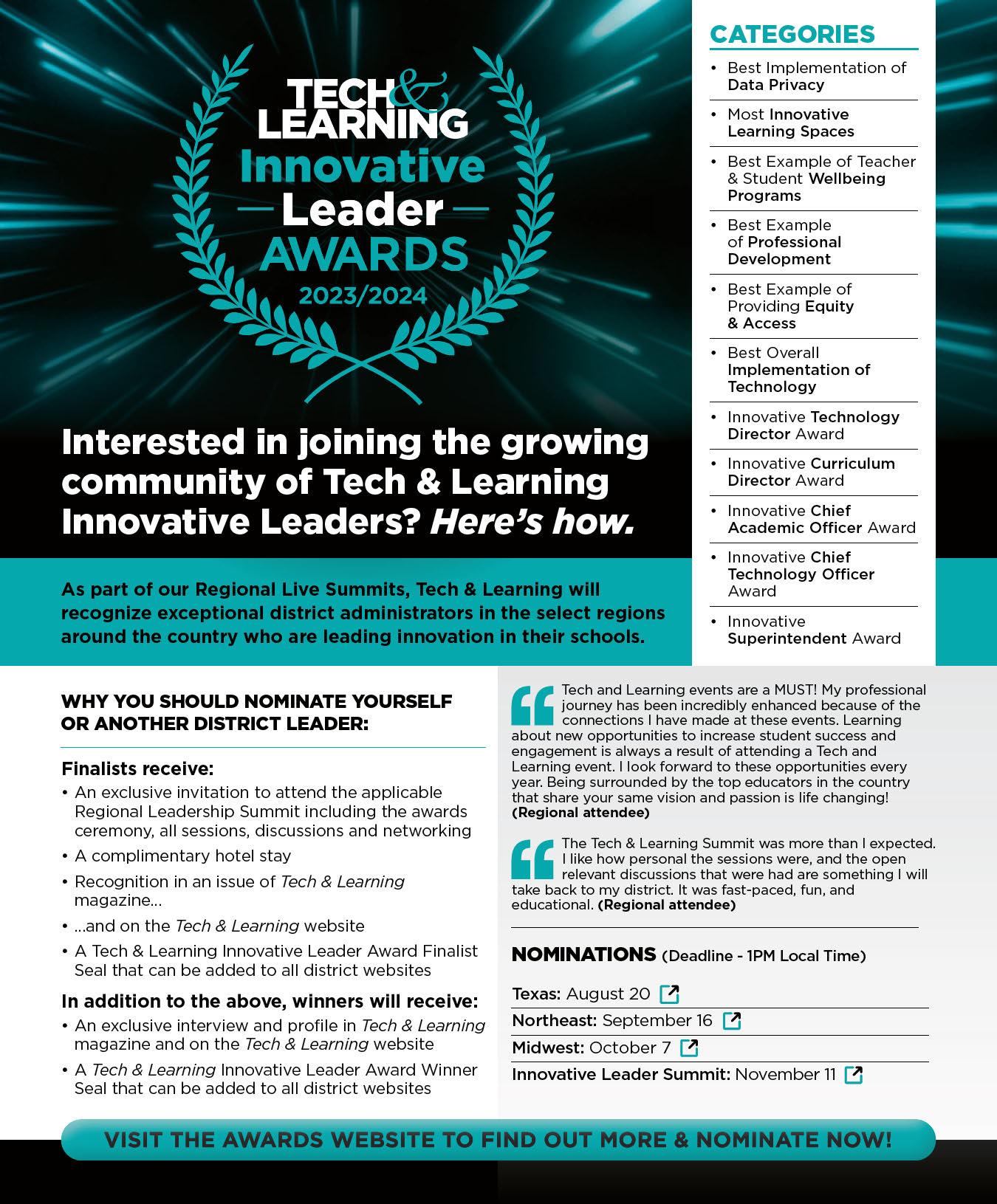
Tech audits can give you a better understanding of what devices and items you have available in your school, how these items are being used, and whether you might need to make changes to your inventory. A tech audit works handin-hand with your budget, providing a clear picture of where you might need to focus your spending on if necessary.
Having your tech audits executed by skilled professionals can help give you accurate results that can be invaluable to your decision-making. However, no one may know the true impact of your devices and programs like your own staff.
“Sometimes your technology department can be that third party, because often they don’t have a dog in the fight,” says Mike Afdahl, Coordinator of Tech Services for Northwest GA RESA. “When it comes to those types of emotional decisions, they’re just looking at ‘What do we have?’ ‘Are we getting good use out of it?’ So a third party doesn’t have to be what you use, but objectivity is really what you’re looking at.”
Many schools conduct a tech audit once per year as a form of inventory. However, Afdahl says that there might be more beneficial times during the year to run your tech audit.
“At the end of the year, as you’ve collected your student devices, that’s a good time to do an audit,” he
says. “If you wait until August to do a student device audit, or an inventory check, then you may not have enough devices for that next year. Also, if I wait until July to do my platform audit, we’ve already done renewals at that point. It might be a good idea to start doing an audit in December on your edtech tools.”
Afdahl suggests conducting two audits during the year.
“When I’m doing a device audit, that’s to make sure my devices are where they’re [supposed to be],” he says. “When it comes to your edtech tools, that’s where your curriculum needs to be involved. Curriculum doesn’t really need to be involved with devices.”
Conducting a tech audit can provide a good idea of what devices you’re using and what edtech tools are working for you, but it can also help your school save money on cybersecurity insurance. With more and more connected devices being used in schools over the last few years, keeping student and educator information secure is a top priority. Afdahl says that regular audits can help mitigate the cost of cyber insurance.
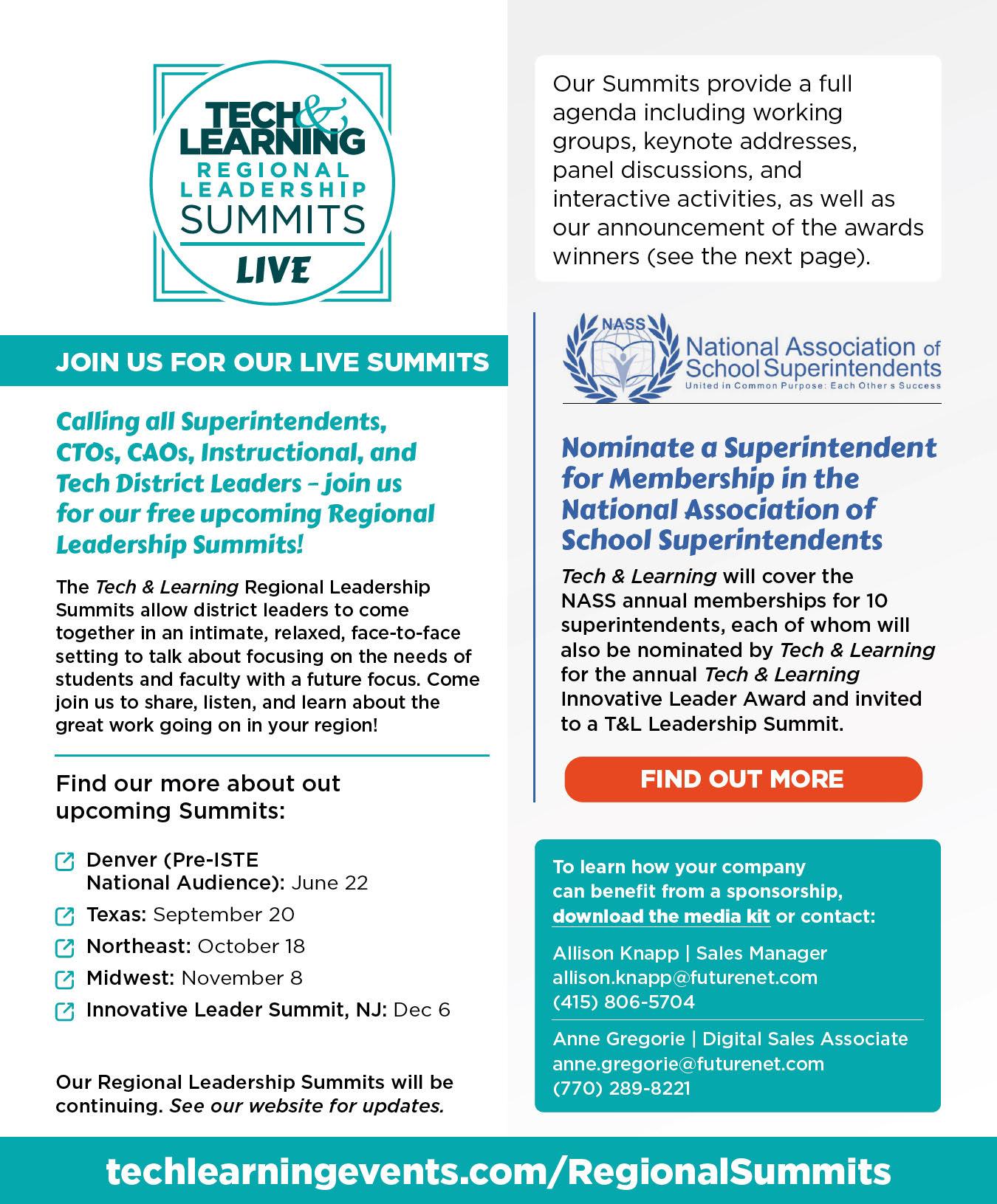
The Tech & Learning Regional Leadership Summit is a unique opportunity for educators from various backgrounds to come together for a collective purpose: to find uncommon solutions to common challenges. Educational leaders not only have the chance to network as well as innovate and create solutions, they also are given a voice to share strategies they have tried in their schools or districts.
The Connors Center in Dover, Massachusetts, provided a beautifully lush backdrop of trees and grass that held fast against the ongoing conversation between educators, edtech partners, and other attendees about the advent of technology in schools. As part of a professional learning experience, those in attendance were tasked with creating an action plan based on the various activities they would take part in throughout the day.
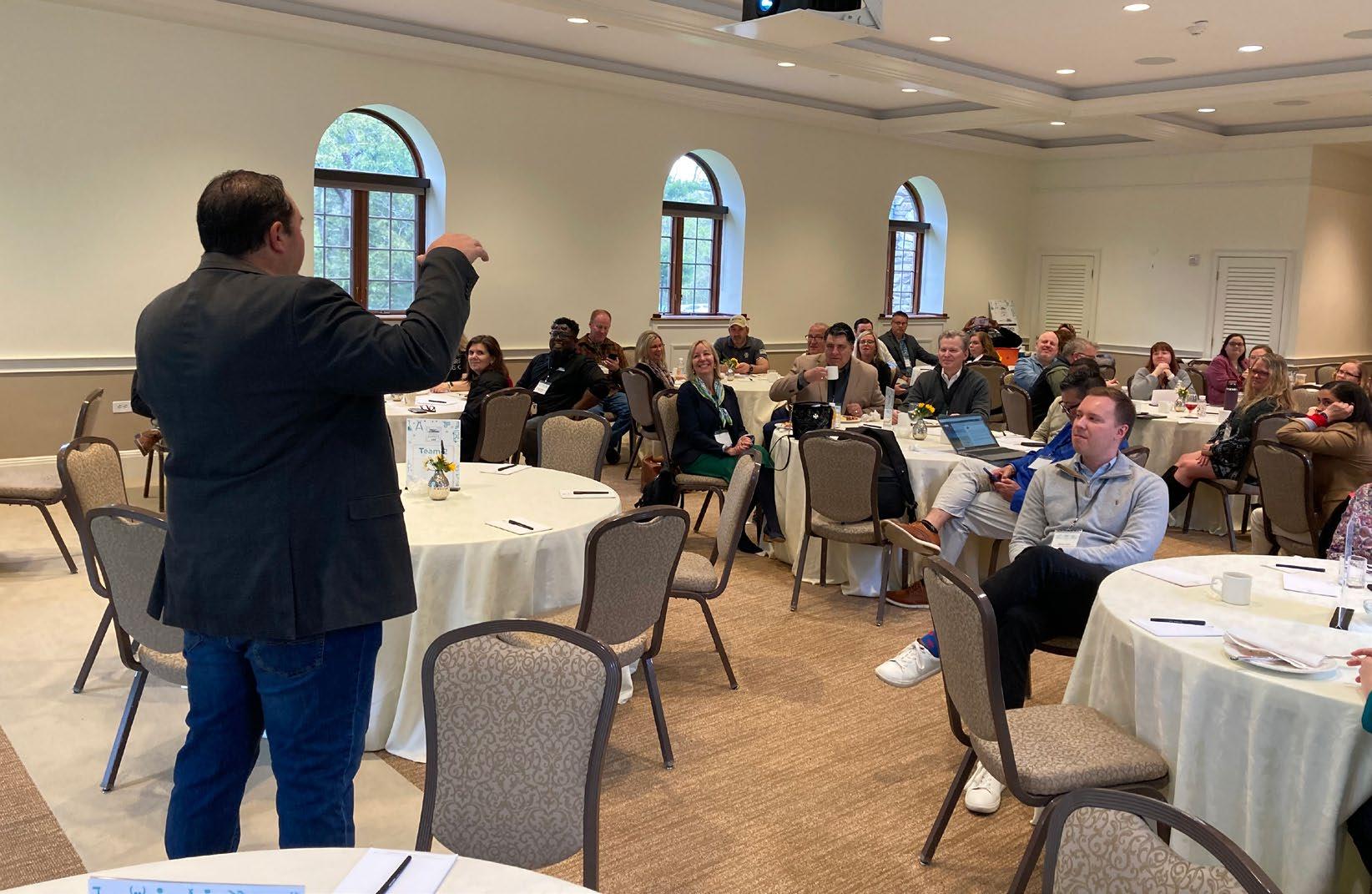
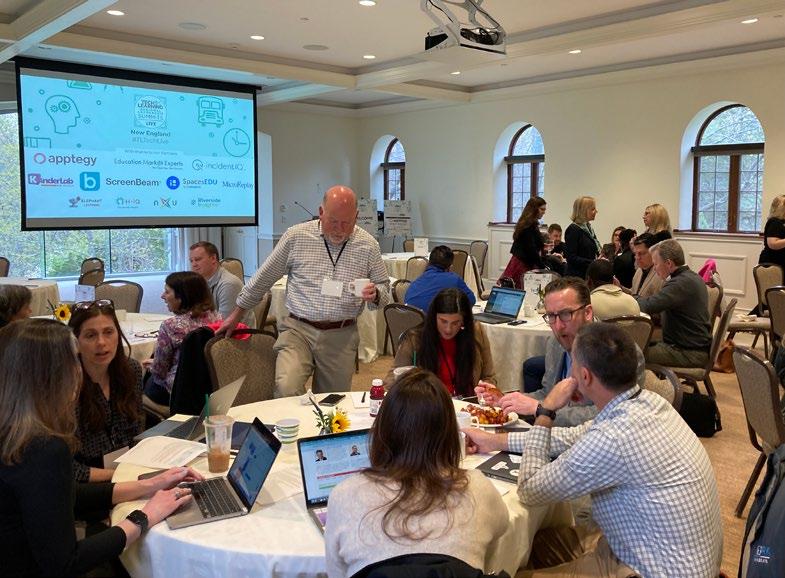


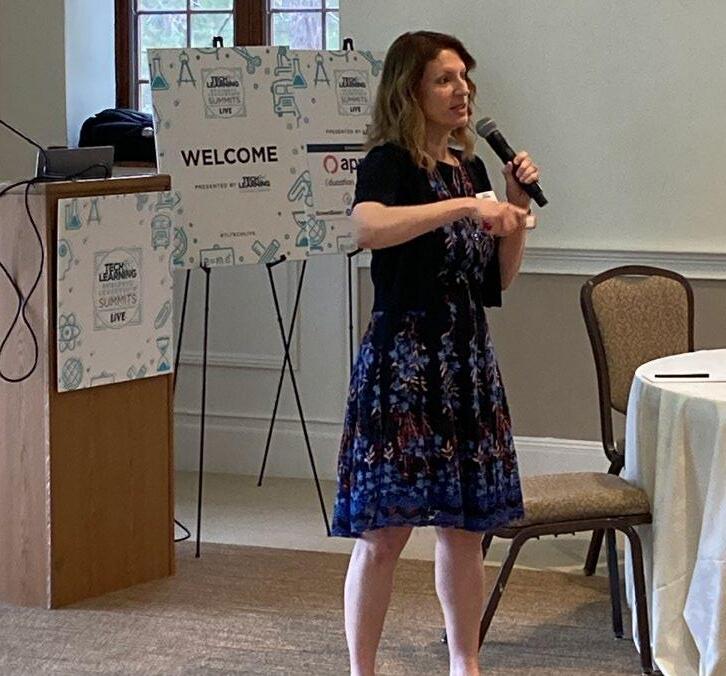
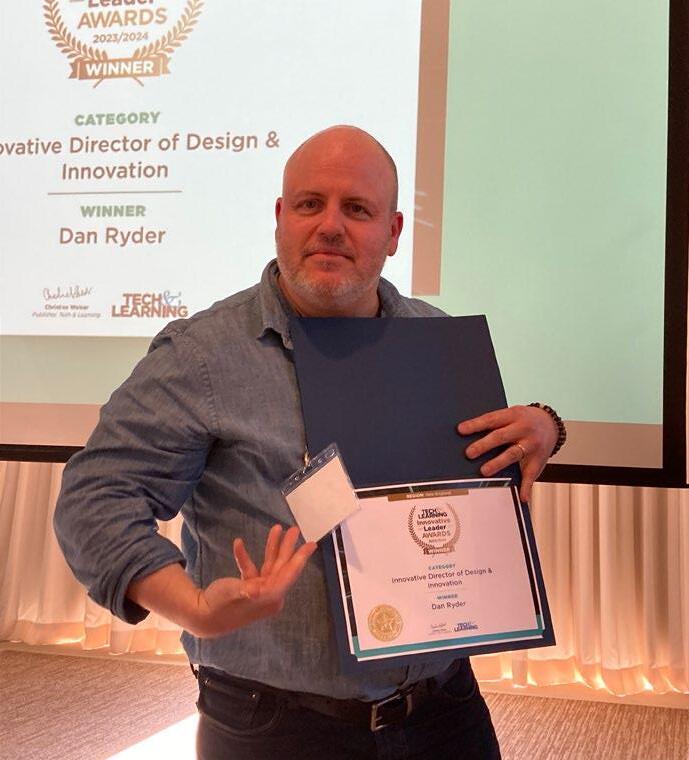


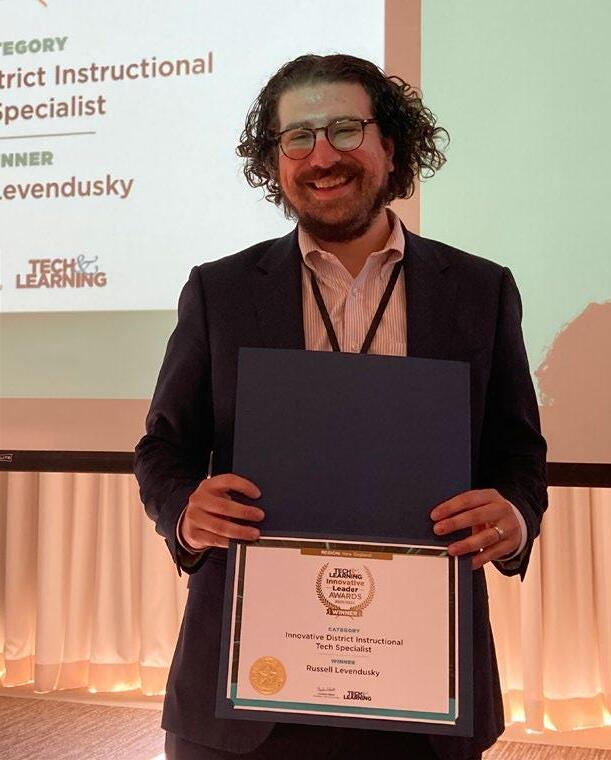
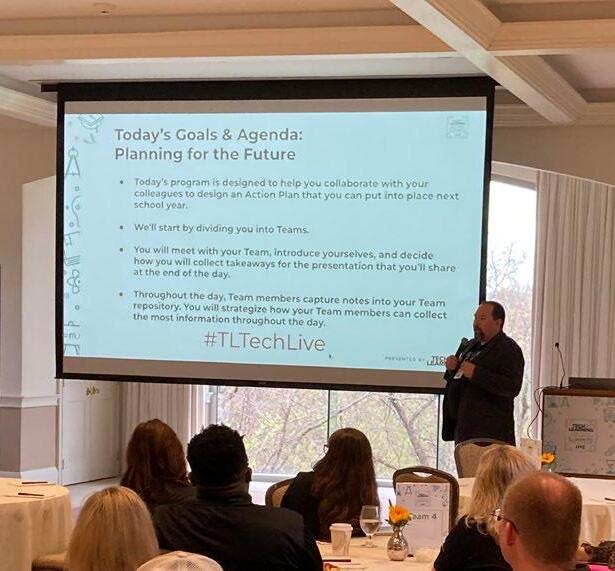
Throughout the summit, there was a concentrated focus on AI, which was bolstered by a fearless and entertaining introduction made by Carl Hooker, the emcee for the event. During the day, while some attendees made time for one-on-one meetings with vendor partners, others participated in roundtable discussions based on common educational challenges that were facilitated by experts in multiple fields.
Whether organizing unique solutions to complex and ongoing challenges, or being on the cutting edge of the edtech space, the connections made and time spent at a Tech & Learning regional summit become indispensable in helping to further educational endeavors for students, teachers, and parents.

